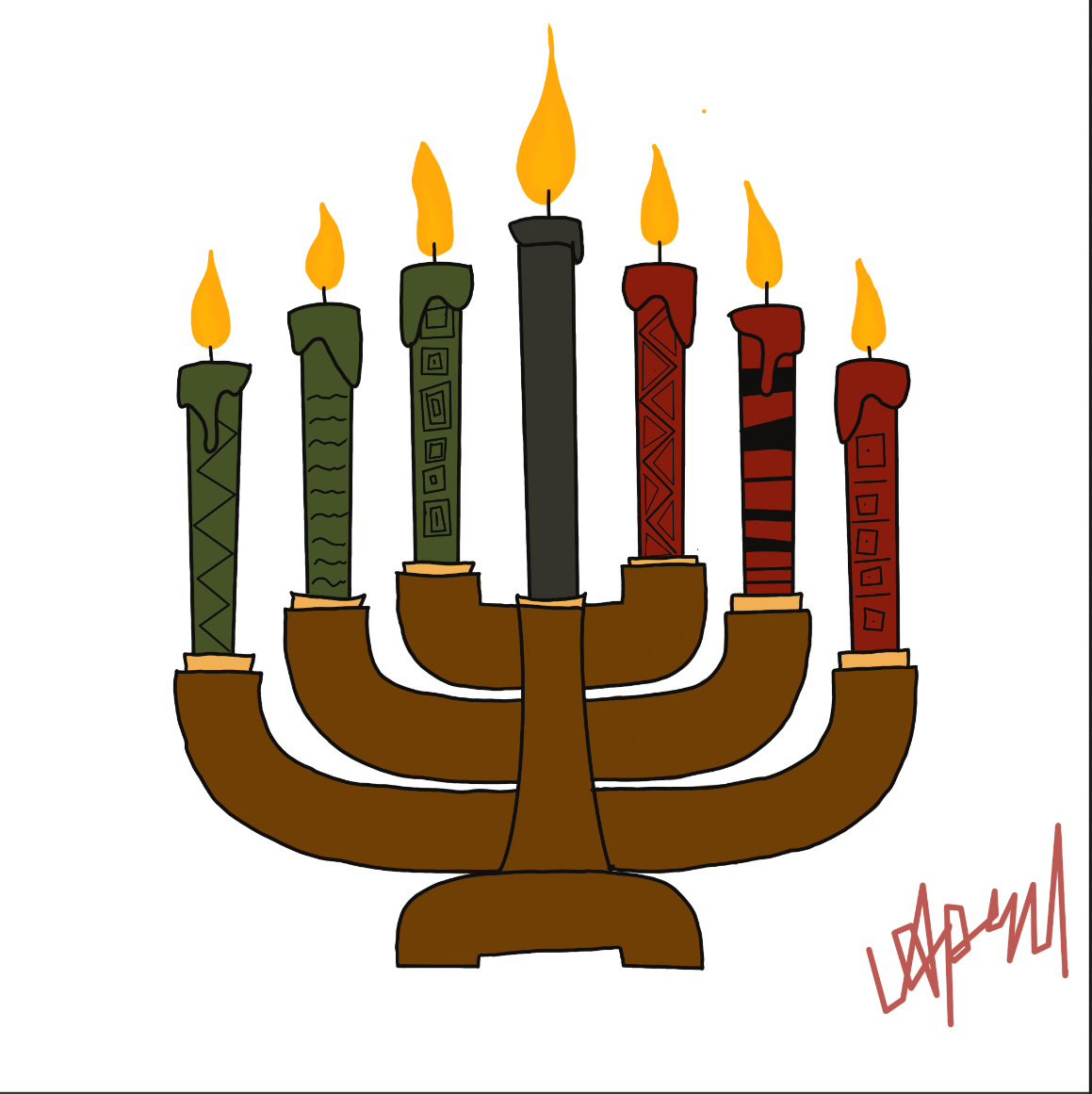Hanukkah, also known as the Festival of Lights, is a Jewish holiday that commemorates the Maccabean Revolt in the 2nd century BCE, celebrated from December 25 – January 2. The Jewish people, led by Judah Maccabee, reclaimed the desecrated Second Temple in Jerusalem from the Seleucid Greeks. Upon rededicating the Temple, they found only a small jar of oil to light the menorah, which miraculously lasted for eight days instead of one. This event is the foundation of the holiday’s rituals and celebrations. Hanukkah is a celebration of faith, resilience, and cultural identity. It highlights the pa of the Jewish people, the power of miracles, and the enduring importance of light as a symbol of hope and divine presence.
Some traditions are:
- Lighting the Menorah: The menorah has nine branches—one for each night of Hanukkah and a central shamash candle used to light the others. Families gather to light one candle each night, accompanied by blessings and traditional songs.
- Dreidel Game: The dreidel, a four-sided spinning top, is played as a fun way to remember the miracle. The Hebrew letters on its sides—Nun, Gimel, Hei, and Shin—form an acronym for “A great miracle happened there.”
- Food: Hanukkah foods are typically fried to honor the miracle of the oil. Common dishes include latkes (potato pancakes) and sufganiyot (jelly-filled doughnuts).
- Gelt: Children often receive chocolate coins or real money, a tradition rooted in giving rewards to students and teachers.








![gs ]sokd'g 'posadgdsjg](https://grovewatch.com/wp-content/uploads/2024/12/Screenshot-2024-08-30-12.44.23-PM.png)





